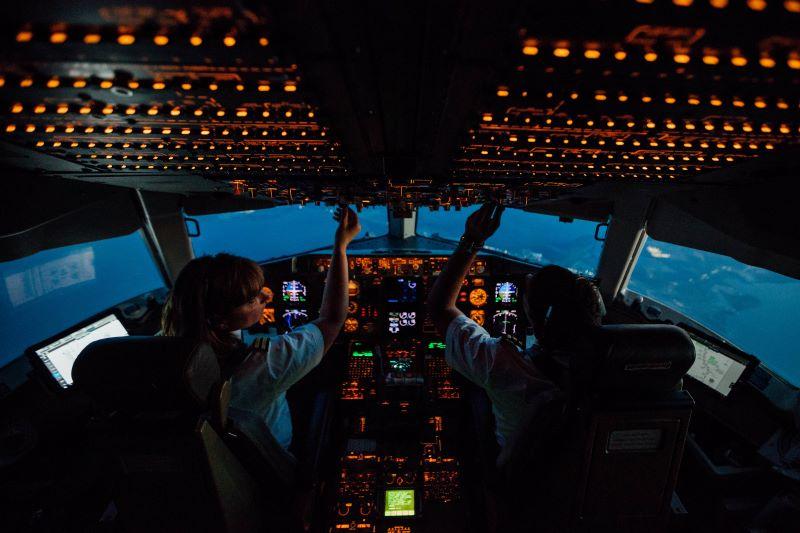
Much of the focus on the preliminary deal between Delta Air Lines and its pilots has centered on financial metrics and their ramifications on the airline’s bottom line, but some see apparent scope-clause changes as the most significant development.
Few details on the agreement in principle (AIP)—which is short of a tentative agreement—have been shared, as representatives of Delta’s Air Line Pilots Association-represented union leadership go over the deal before taking it formally for a vote. Changes to pay rates could add $900 to Delta’s costs in the first year of the four-year deal before profit-sharing is factored in, a J.P. Morgan analysis said.
Details shared by Delta’s Master Executive Council (MEC) include an 18% pay raise and “me-too” clauses designed to keep Delta pilots earning at least 1% more than their American Airlines and United Airlines counterparts—both of whom are in talks of their own.
The deal also includes “increased restrictions on small jet/turboprop aircraft” and “improved mainline to [Delta regional feeder] block hour ratio,” the MEC summary said. Additional details were not provided, but an analysis from Swelbar-Zhong Consultancy to members of its Research Lab suggest that the AIP will change the formulas for calculating how many regional aircraft can fly for Delta.
Currently, Delta’s deal permits 125 smaller regional aircraft—50 seats and under. The number of larger aircraft is based on a percentage of Delta’s mainline fleet. Sources with knowledge of the AIP told Swelbar-Zhong that the new deal will eliminate the set number of smaller aircraft and instead link the total number of regional aircraft to mainline fleet size, according to excerpts of the note shared with Aviation Daily.
Such a provision would be little more than “a cosmetic change” for Delta, which is flying fewer than 30 smaller regional aircraft in its fleet, Swelbar-Zhong said. But if American and United pilots earn a similar provision in their deals, the ramifications for smaller cities served by 50-seat regional jets could be significant, the note said.
Each scope clause at Delta, and American and United is different. Delta has a hard cap on smaller regional jets, while American and United tie smaller regional jets to mainline narrowbody fleet size. All three treat larger regional jets as a separate pool, with caps on the total number of regional jets allowed.
Lumping all regional jets into one formula would likely favor the larger regional jets (RJs), potentially pushing the smaller ones out of service.
“Based on the economics of flying, it is hard to imagine that any carrier would park the large RJs to continue using small 50-seat or less aircraft—particularly as costs escalate,” Swelbar-Zhong said.
Key details, such as the percentage of regional jets permitted, have not been made public. Other provisions may help offset some of the regional-flying restrictions, such as risk-sharing deals with regionals that do not include codesharing, Swelbar-Zhong said. But initial details, a possible four-year cost of $7 billion to Delta, and some of the reported provisions should grab the air service development world’s attention, the note added.
“This one has an impact,” Swelbar-Zhong said. “This one will hurt.”



